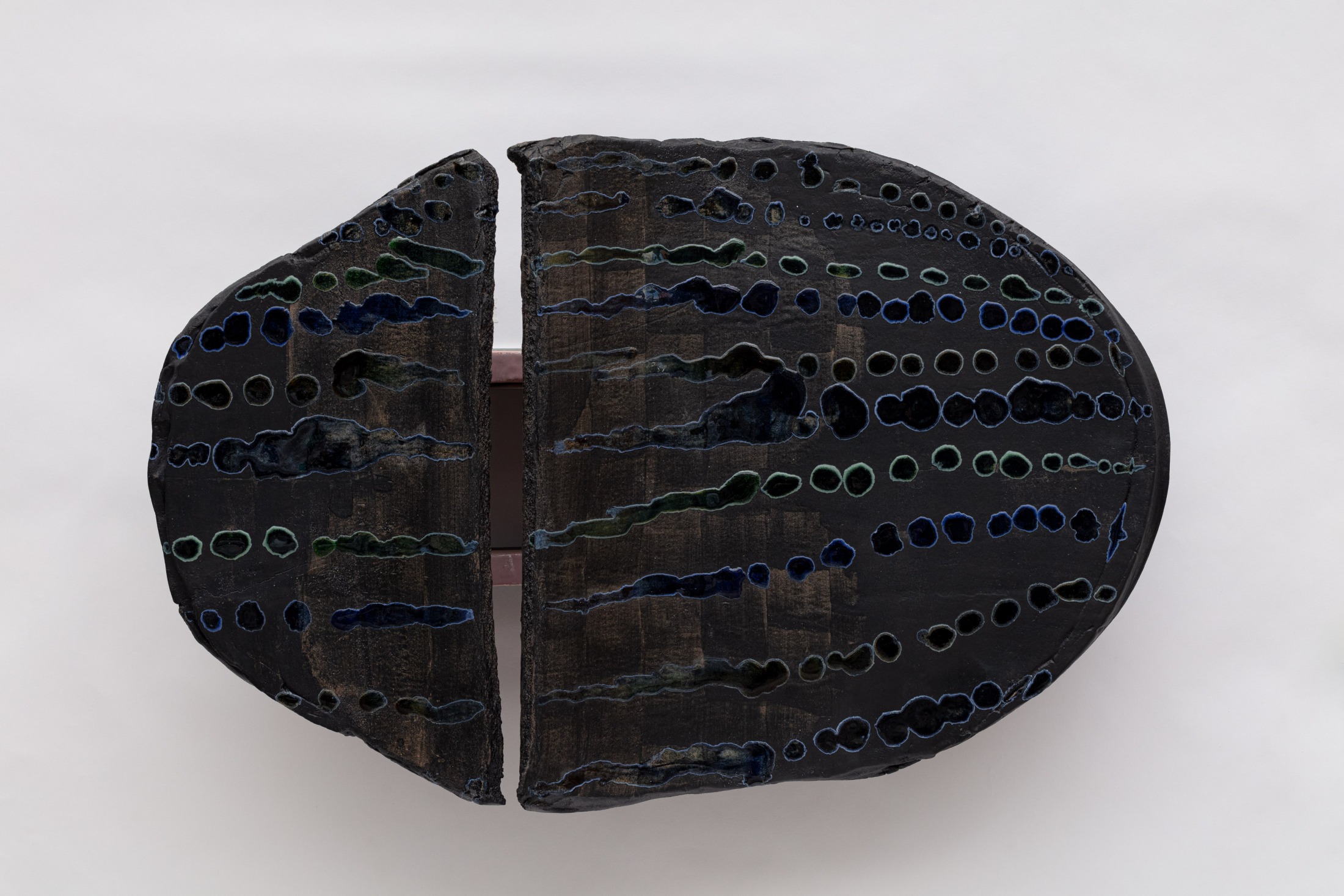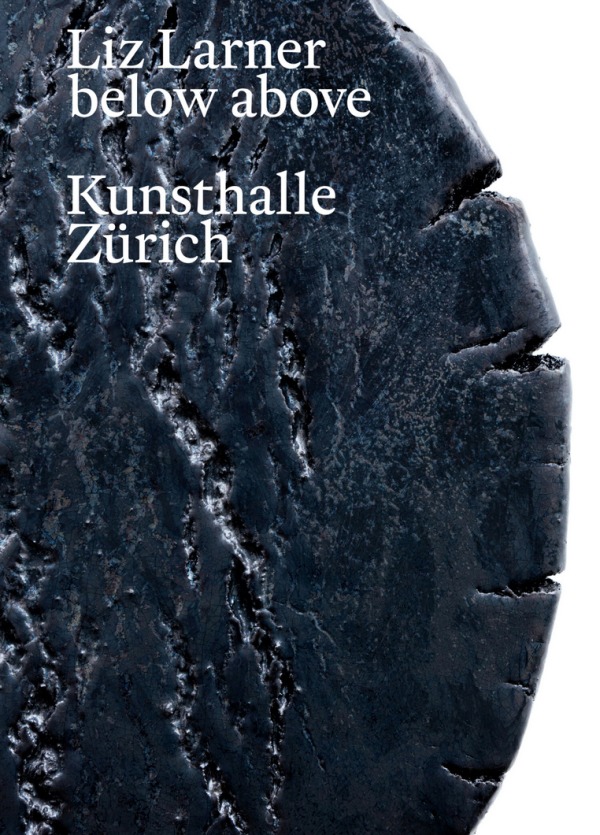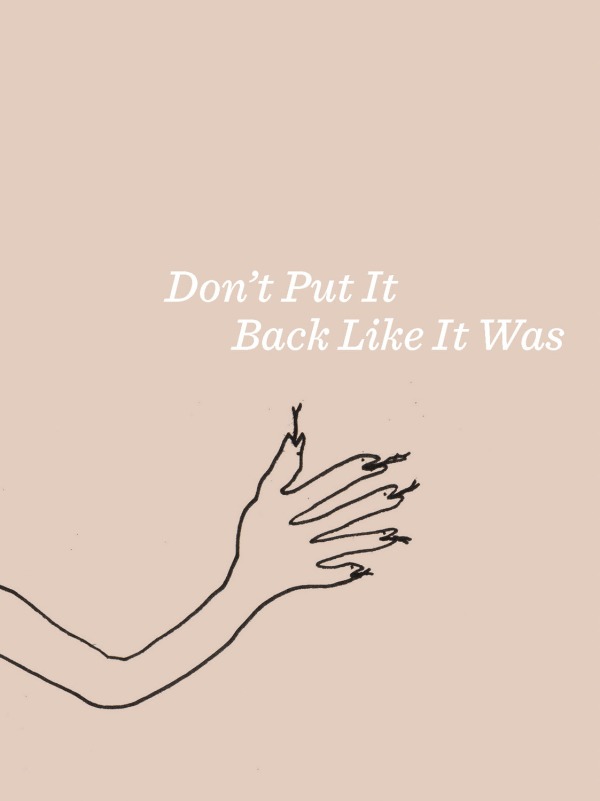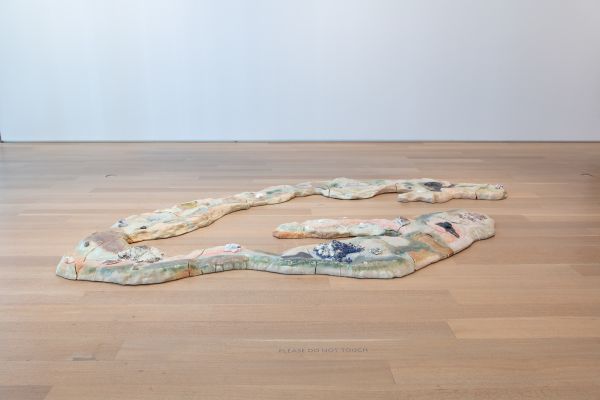LIZ LARNER et al.
Toucher Terre, l’art de la sculpture céramique (group show)
Fondation Villa Datris, L’Isle-sur-la-Sorgue
27 May – 1 November 2022
offline 
Liz Larner’s sculpture Nyx from 2021 is included in the group exhibition Toucher Terre, l’art de la sculpture céramique, which will be on view at the Fondation Villa Datris in L’Isle-sur-la-Sorgue from 27 May until 1 November 2022.
Fondation Villa Datris

LIZ LARNER
Liz Larner: below above (publication)
Published by Kunsthalle Zürich, 2022

Published on the occasion of the exhibition Liz Larner: below above, on view at Kunsthalle Zürich from 11 June to 18 September 2022, a pocket-sized publication containing a conversation between the artist and Daniel Baumann, as well as an essay by Tim Power, is now available for purchase.
Kunsthalle Zürich

LIZ LARNER
Don't Put It Back Like It Was, 2022 (publication)
Published by Dancing Foxes Press, SculptureCenter, and Walker Art Center
Edited by Karen Kelly and Barbara Schroeder

Don't Put It Back Like It Was is an illustrated catalogue published on the occasion of Liz Larner's largest survey exhibition since 2001, organised by SculptureCenter, New York, and Walker Art Center, Minneapolis.
Reconsidering her enduring formal and material concerns alongside her relationship to a feminist sculptural position, this monograph offers an opportunity to survey the Los Angeles-based sculptor’s artistic project within today’s expanded discourses of embodiment, gender, and posthumanism.

LIZ LARNER
Reef, 2019 (permanent installation)
Art Institute of Chicago

We are pleased to announce that Liz Larner's sculpture Reef from 2019 is now part of the collection of the Art Institute of Chicago. The work is also currently on view at the institution.
Art Institute of Chicago
